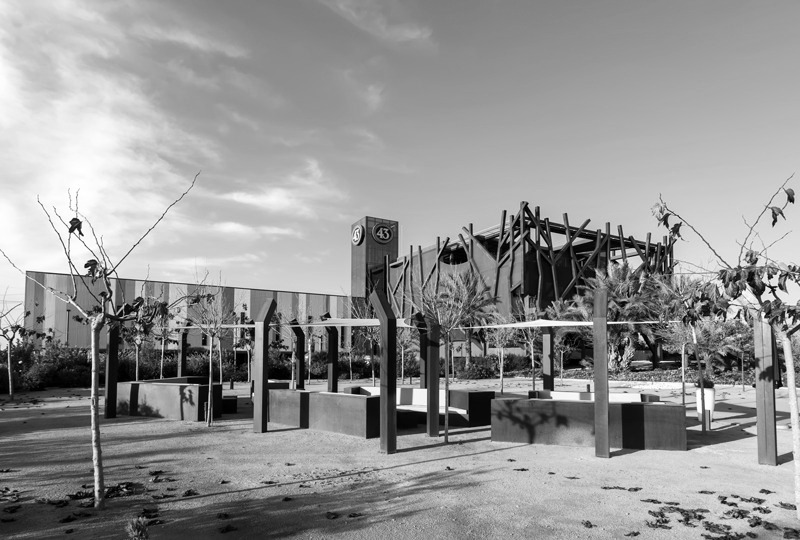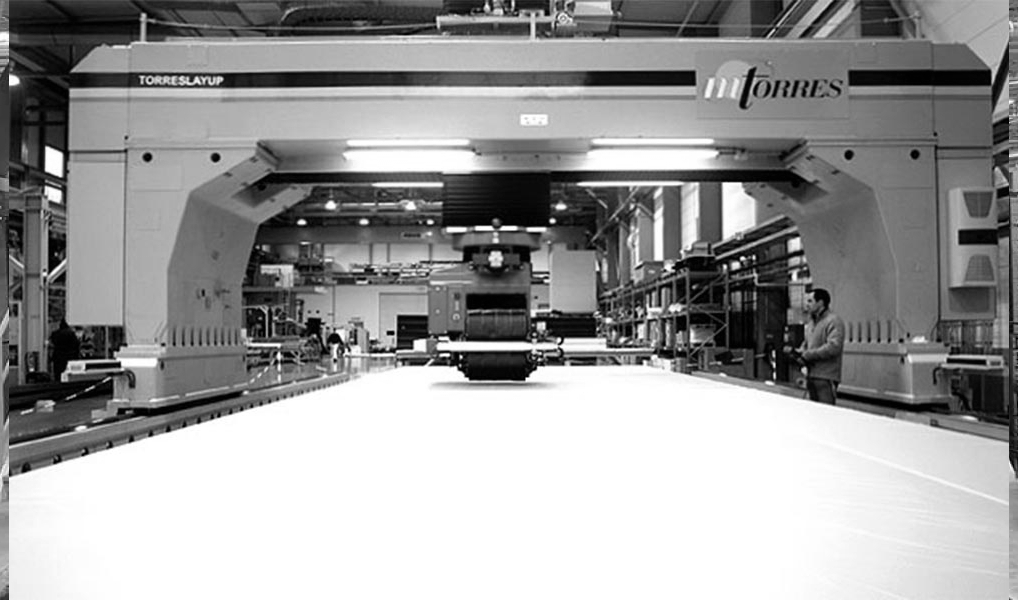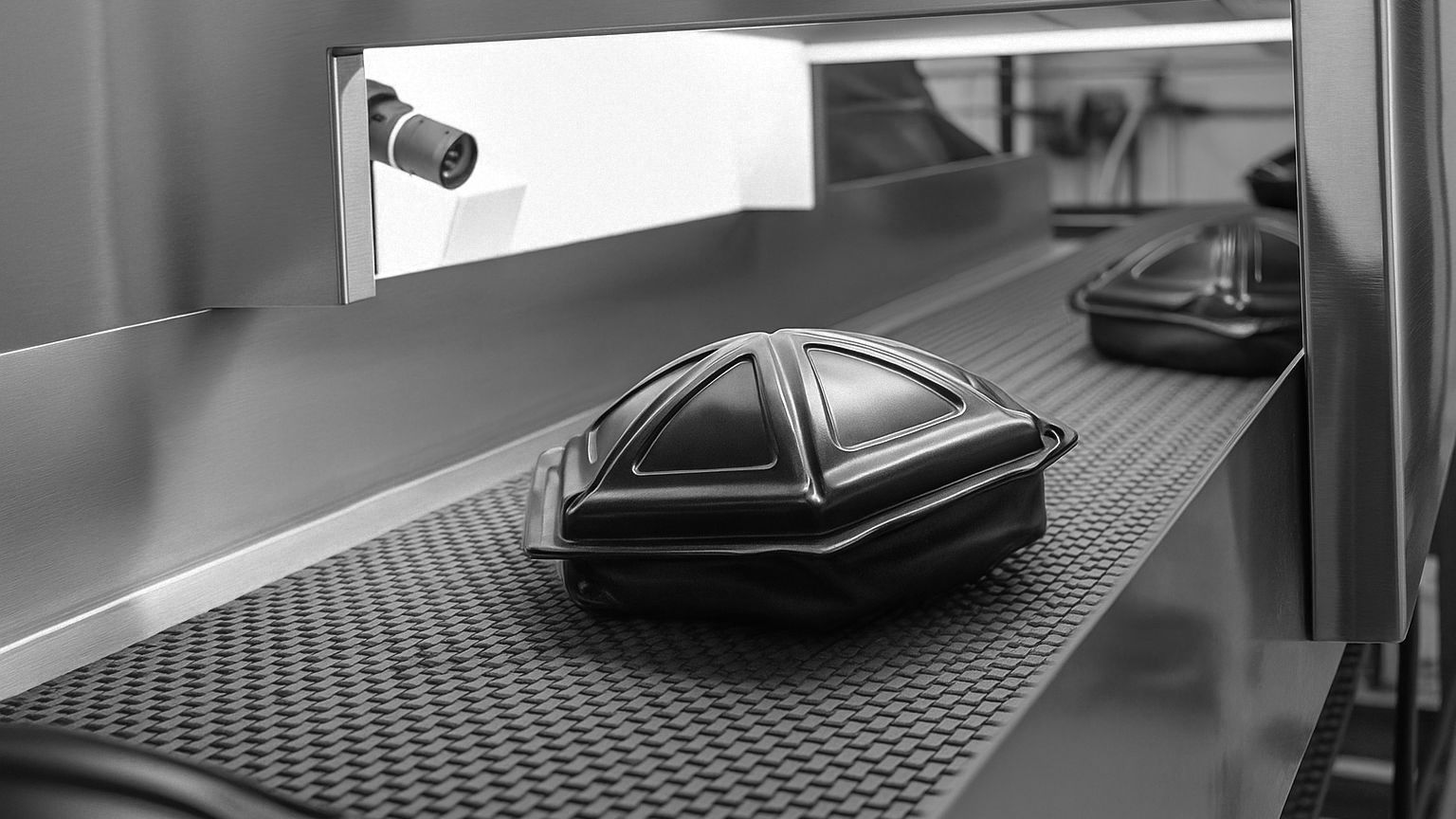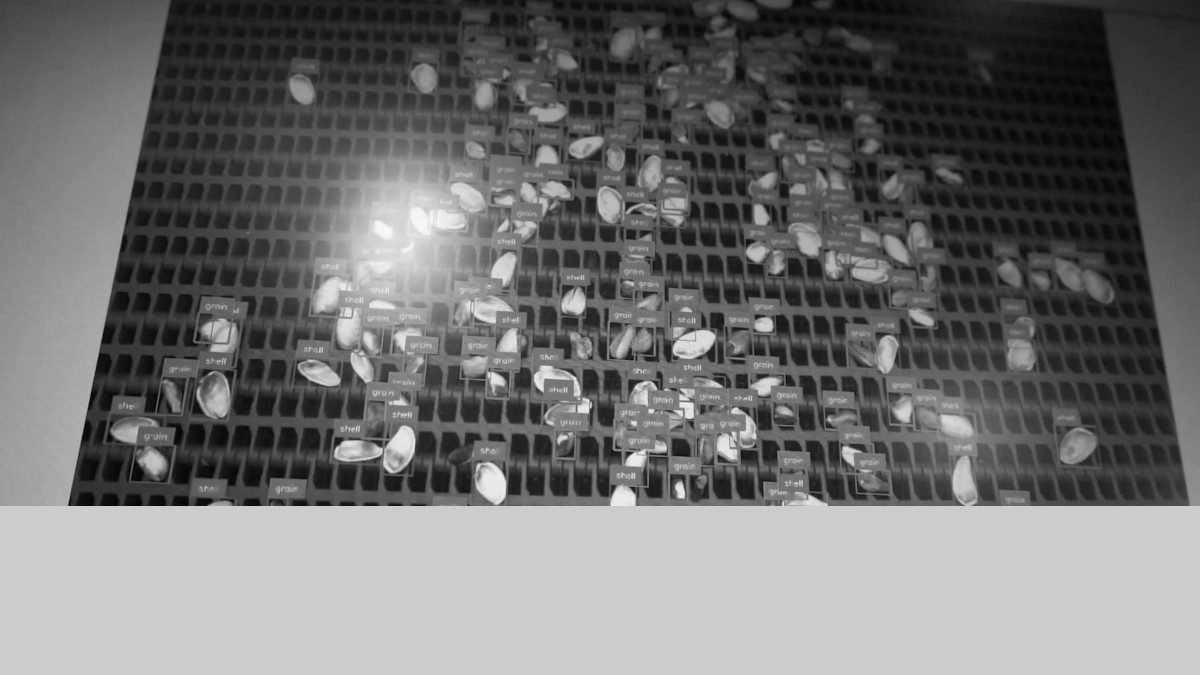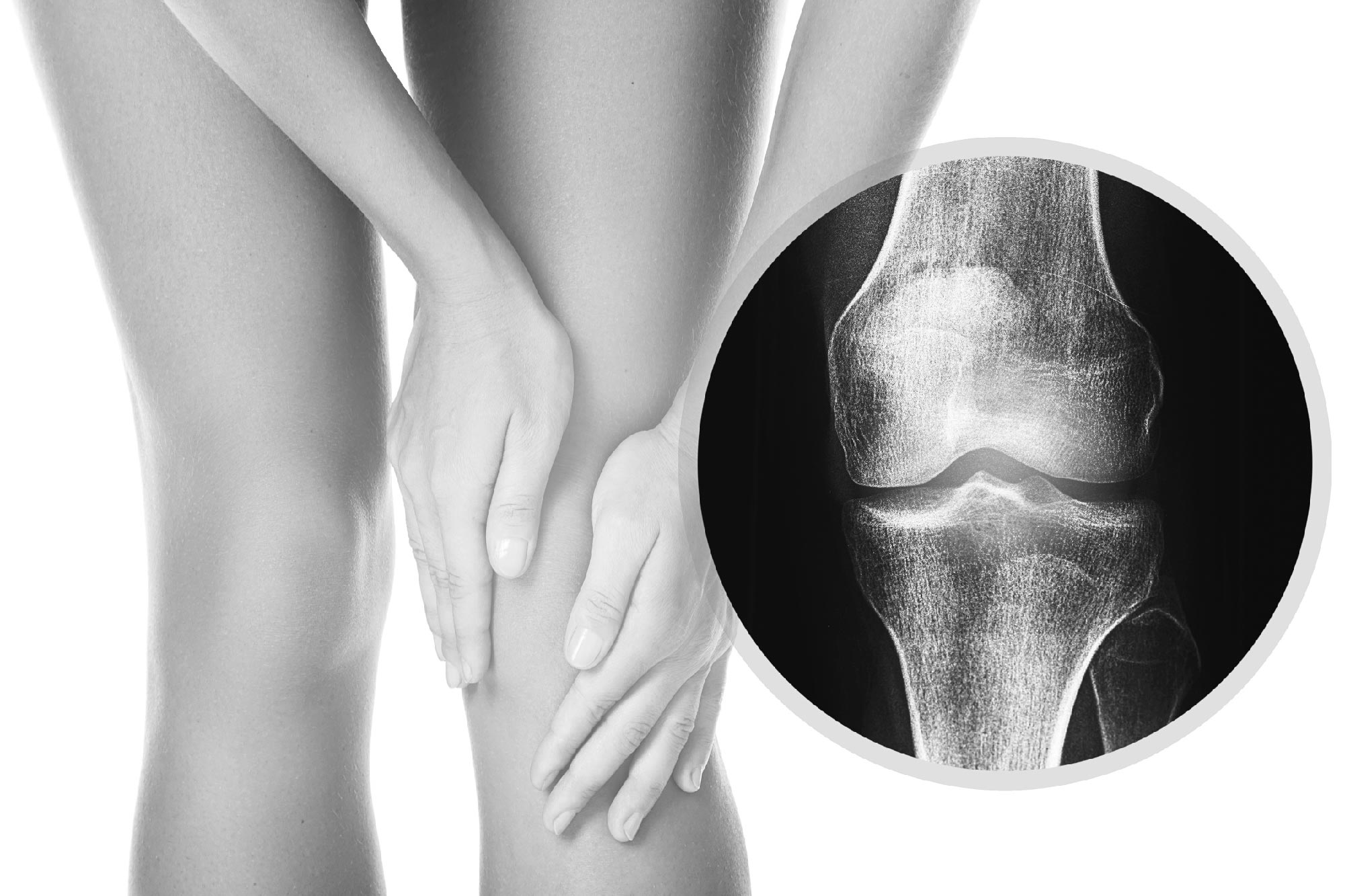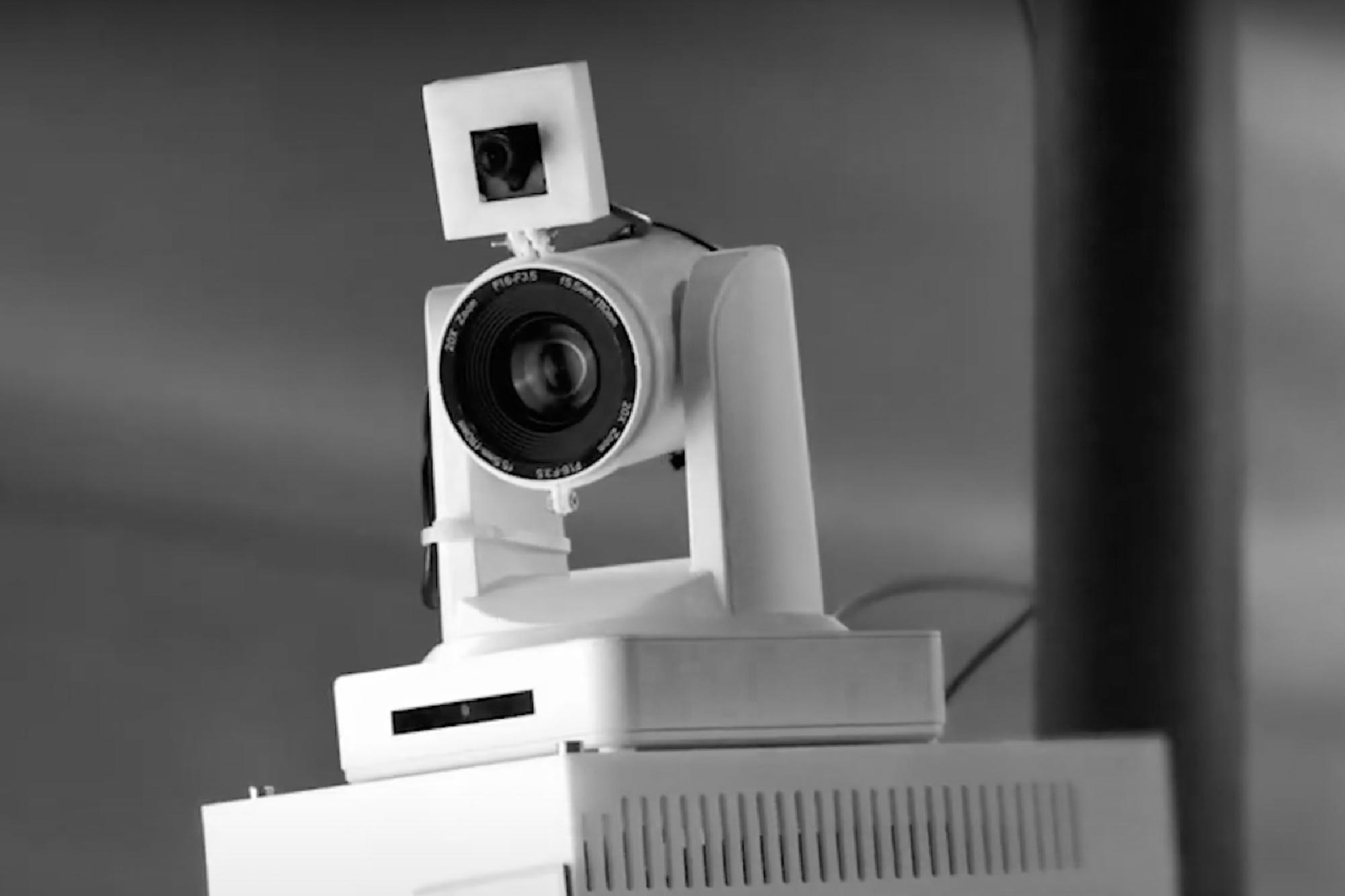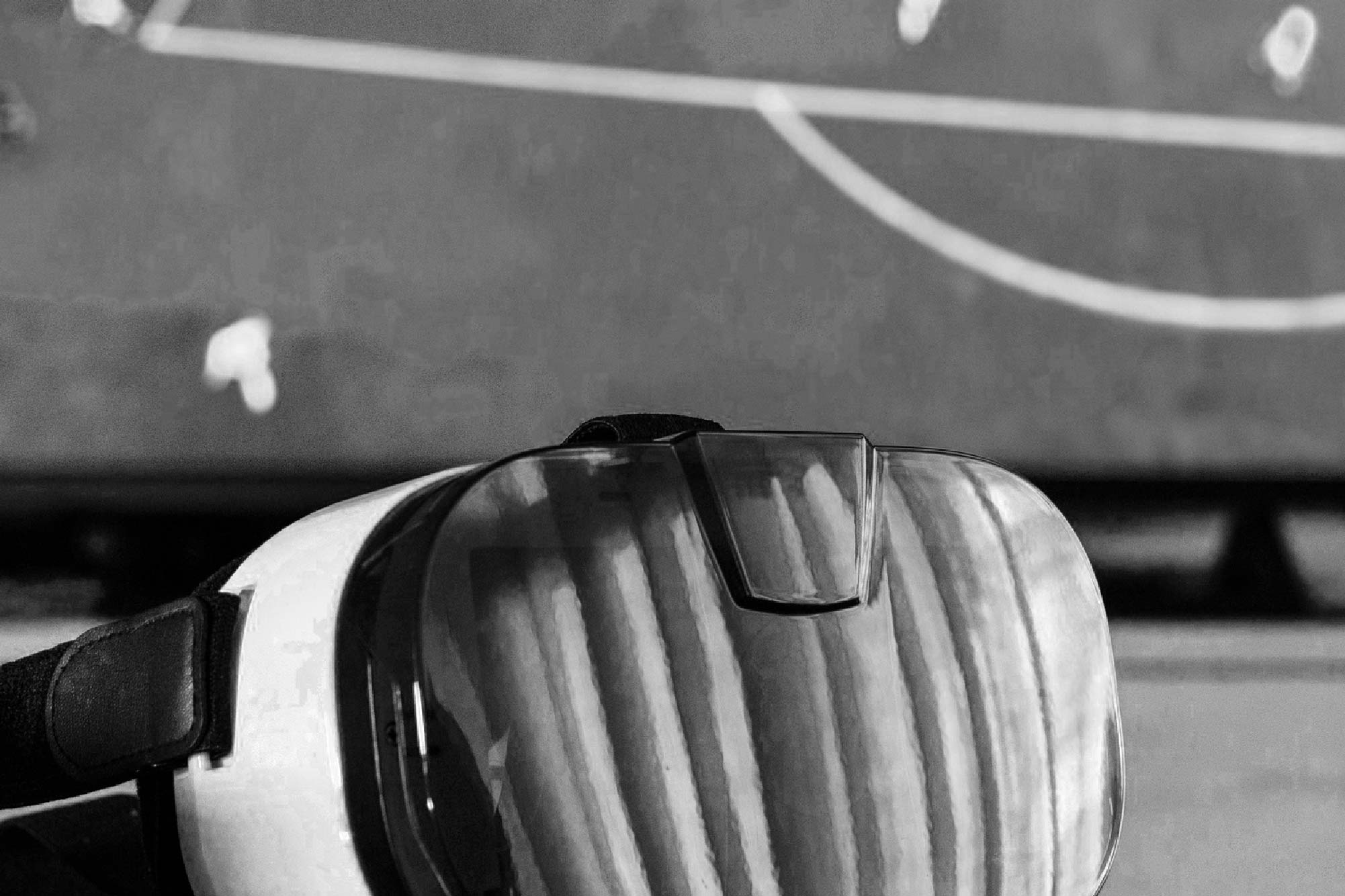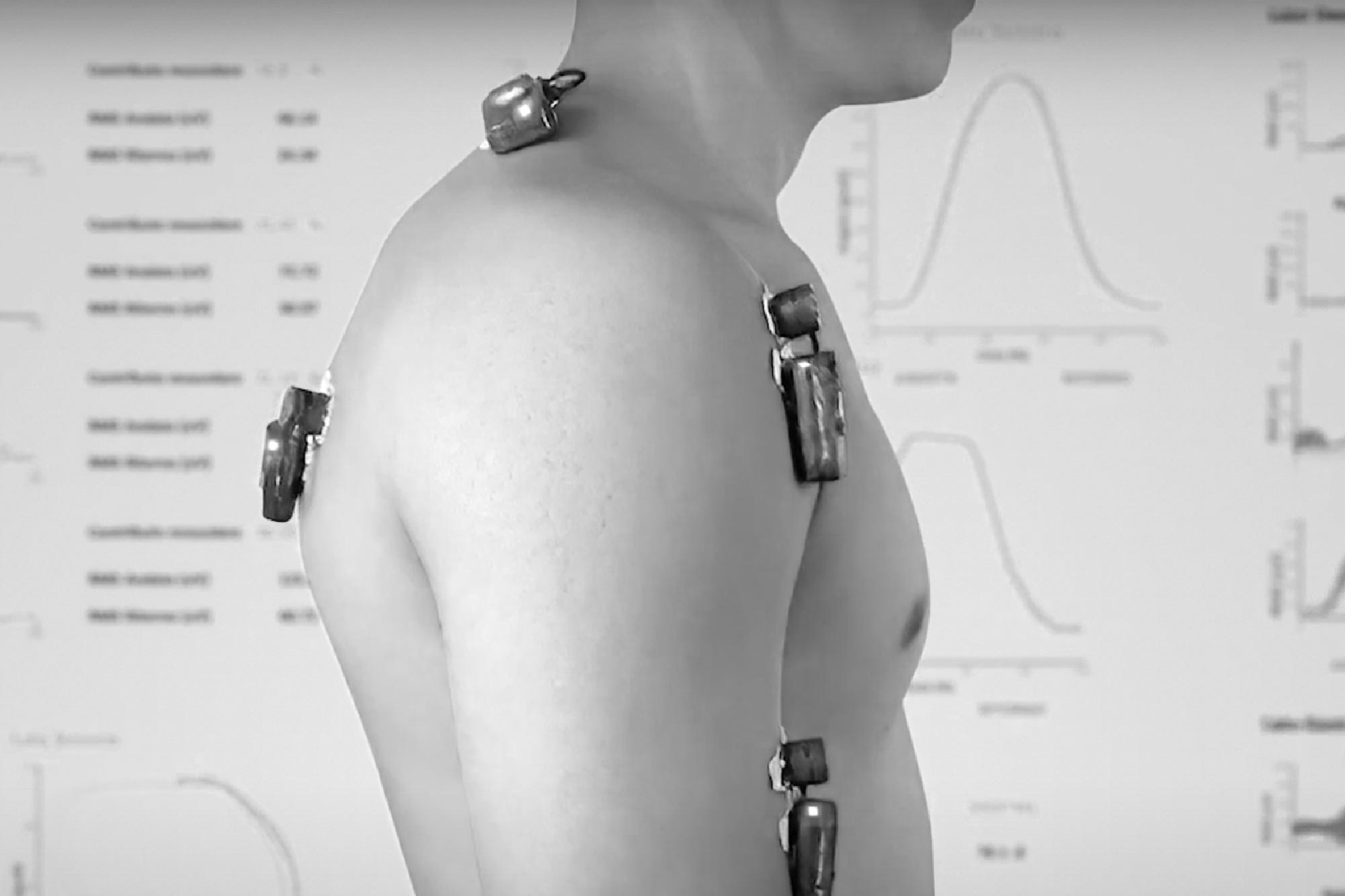
CLIENT’S NEED
The attempt to standardize the diagnoses of pathologies has been ongoing since the beginning of medicine. The Physician must follow a series of previously defined procedures for a precise, reliable, and clear diagnosis. However, there is a tendency to introduce criteria and personal experiences, giving rise to failures in the diagnosis or a subjective diagnosis that is not very homogeneous among doctors.
As pioneers in their area, the Ripoll y de Prado clinics have an advanced athlete quantification center that helps them assess certain athlete performance parameters related to the musculoskeletal system: pressure and force distributions in the feet, foot morphotype, knee, hip, etc. However, once the data is obtained, the derivation of the diagnosis and prescription is something that is still done manually by the doctor, incurring the aforementioned problems of objectivity, precision, and efficiency.
In their mission to improve the quality of service and diagnosis, Ripoll y de Prado needed an A.I. that would help its medical staff to detect pathologies in the locomotor system of elite athletes objectively and efficiently.
CHALLENGES AND DIFFICULTIES
One of the main problems we faced was that, despite having the material to obtain very precise data, the medical devices did not offer the information in an accessible and controllable way. For example, to study the distribution of foot pressures at different moments in time, what we could obtain was a graph with the pressures drawn on a PDF, not access to the raw data. Similarly, to study the morphotype of the foot, 3D foot scans were available, on which a series of markers had been placed at key points on the foot. Thus, we did not have the position of the markers, but rather a 3D model of the foot that included the markers on it. Once again, the key information was not directly accessible and Computer Vision techniques had to be used to reliably extract the information.
Guaranteeing the security of the information was also vital for this project. The medical staff demanded the inviolability and confidentiality of the data, which had to be ensured via the implementation of encryption throughout the process. On the other hand, given the high volume of use of this system and the paramount importance in the day-to-day life of the medical staff, we had to prioritize the high availability of the service.
SOLUTIONS
2D image processing (extraction, cleaning, and graphics processing) as well as 3D model processing (with the use of convolutional object detection networks for the location of the markers on the feet) were worked on in order to extract the relevant data that was not previously accessible.
A fully docker-ized, deployable (using Kubernetes) and redounded workflow was built to ensure high system availability.
To guarantee the confidentiality of the data, a mixed strategy of anonymization and encryption was used. This ensures that patient data is only accessible to physicians (duly authenticated against a web service) and that the exposure of this data is as minimal as possible, and that access to it is always limited.
Finally, for automatic and intelligent referral of diagnostics based on A.I., a mathematical model of population normality was carried out using a dataset with more than 1 million data points. To this end, Big Data tools were implemented to guarantee the scalability and efficiency of the data pipeline. This model was made accessible through a WEB service and platform that doctors could access with their credentials.
RESULTS
The project culminated when Biyectiva's technical staff made available to the medical staff of Ripoll y de Prado a web platform that allowed, simply by incorporating the patient's data, to make an objective diagnosis in a matter of seconds
This diagnosis automatically incorporates the quantitative information extracted from medical machinery and the comparison against population normality models that are very useful for determining anomalies or pathologies. Thus, the doctor has at his disposal a tool that can propose, in an agile way, both possible pathologies of the patient as well as their corresponding prescriptive mechanisms to correct them.
